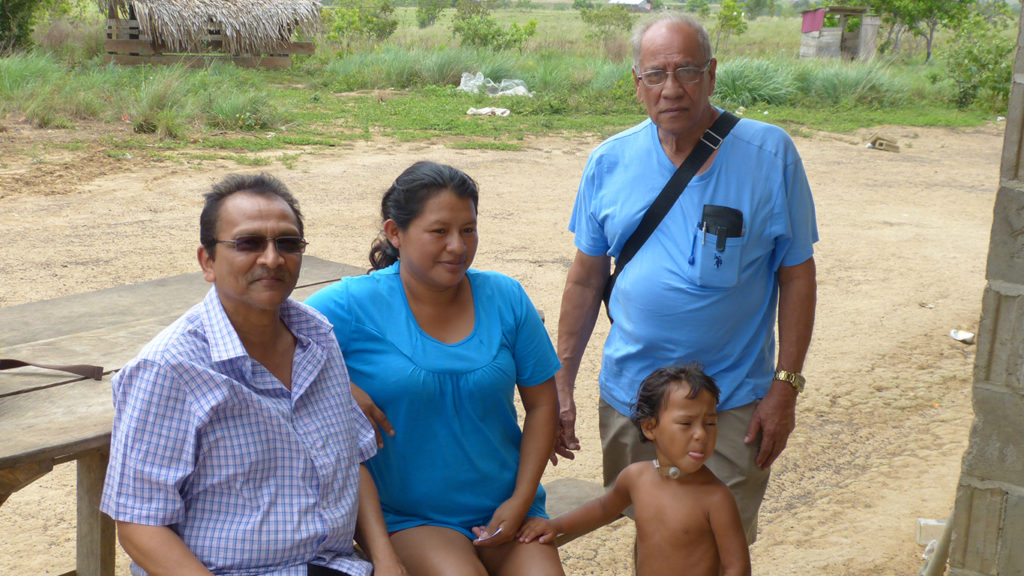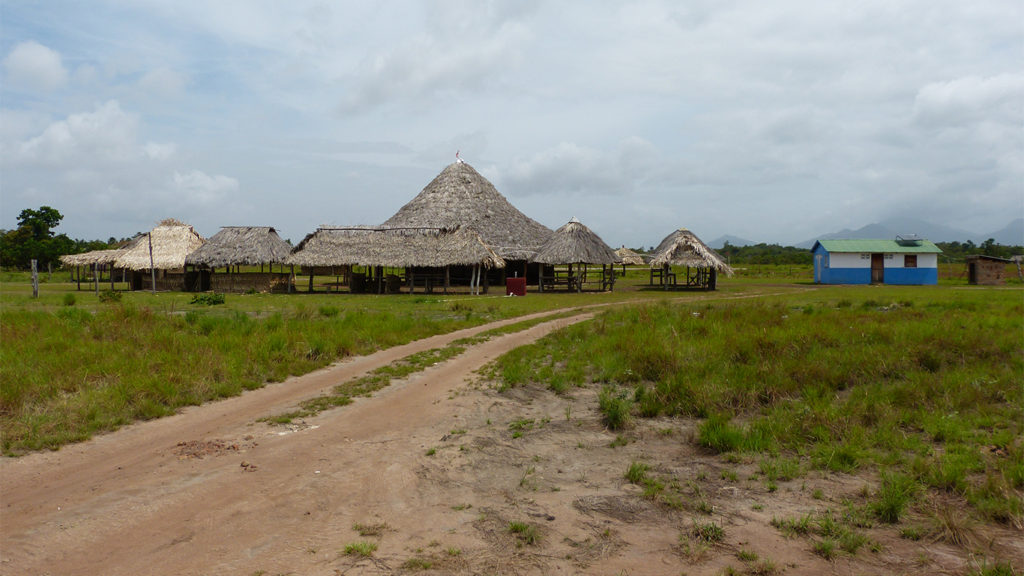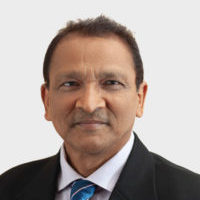By Dr Kumar Mahabir and Jai Sears
The Rupununi Savannah in Guyana is 5,000 square miles of immense rolling plains interspersed with vast wetlands and dense forests. Trinidad and Tobago, at just 1,900 square miles, can fit into the Savannah more than two times. With its numerous ranches and horses, the Savannah is the perfect setting to shoot a Western cowboy movie.

The Rupununi is just one example of how Guyana has been blessed with expansive lands and other rich, natural resources. It is located in the south-western part of Guyana, bordering the Brazilian Amazon, and is the home of the Makushi, Wai-Wai and Wapishana Amerindian tribes who have inhabited the region for thousands of years. These native peoples legitimately believe that all the lands in the Rupununi should be returned to them, who in turn, would redistribute some to the State and others.
My friend, Jai Sears, and I took the one-hour flight from Ogle airport to Lethem (300 miles away) to spend a week for vacation and research last Christmas. Lethem is the largest town and main commercial centre in the Rupununi Savannah which has a population of about 3,000 persons. It is the capital of Region 9 and the hub linking many of the surrounding Amerindian villages. Lethem is also a raffish, hot, dusty border town that is the gateway to Brazil across the Takutu River to Bonfim and Boa Vista which we also visited.
Immigrant Chinese merchants
The sleepy Lethem town awakens once a year for the Rupununi Rodeo held on the Easter weekend. The competition among various ranches in the region attracts visitors from Guyana, Brazil, Venezuela and the rest of the world. It is one of the largest events in Guyana.
Lethem was once known as a place for the profitable business of milking poisonous venom from the deadly Bush Master and labaria/labarria snakes to make medicine. The Savannah was also once abundant with cultivated rice as well as cattle and fish. The few mountains, slopes and valleys were abundant with cassava, corn, bora [bodi], banana, watermelons, lettuce, ochro, coconut and boulanger [baigan/eggplant]. There is not much farming now.

Jai and I stayed at the 3-star Rupununi Eco Hotel in Lethem. The town should now be named Chinathem because Asian migrants have taken over almost all the commerce from the East Indians, building massive stores like warehouses in which they live downstairs at the back end. If the Chinese are to employ anyone at all as store clerks, it is young Amerindian girls who the chiefs believe are being exploited. Their main clients are neighbouring Brazilians who cross the nearby Takutu river-border who come to shop for the day, particularly on Saturdays.
Since the retail trade is not so profitable again, Chinese entrepreneurs are investing in the gold and lumber industries. They said that the former Bharrat Jagdeo-led People’s Progressive Party Civic (PPP/C) government was more responsive to new business ideas such as the introduction of casinos. The Chinese merchants said that since the Partnership for National Unity + Alliance For Change (APNU+AFC) coalition government came to power, business has slowed down to a crawl. They are most likely to vote for the PPP/C party in the March 2nd 2020 general elections.
Most Amerindians are Catholics
From the hotel, we travelled every day by hired 4×4 vehicles to visit Amerindian tribes in Kumu, Nappi, Hiawa, Moco Moco and St. Ignatius Mission. We drove through meandering and undulating rough, red, laterite roads in the Savannahs, sometimes travelling about 80 miles to reach a village. We interviewed members of the Mukashi tribe who live in brick, wooden and galvanized- or thatched-covered houses. Every household has an outdoor latrine. Children were seen playing football and volleyball.
The aborigines have been converted to become Roman Catholics, Adventists and Evangelists but still maintain their native rituals and beliefs in syncretic and covert forms. The villagers are quiet and friendly, and there is no fear by strangers of robbery or violence.
We spoke to youths, women, councillors, officials, medicine men, ruler constables and toshaos [chiefs] about the condition of their lives, and for who and how they would vote in the March 2nd 2020 general elections. The aboriginal population of all of Guyana is estimated to be about 79,000 persons (10.5%) of the total population of 747,000, according to the 2012 census. Settlements such as Kumu has 400 inhabitants living in 64 households with residential clusters like Central 1, Central 2, Kuru Kuru, Palm Grove, Crapo Pond, Tiger Plate, Cuba, Berbice, Kamana and Caracas.

is a full-time anthropologist at the University of Guyana (UG) and Fellow of The Eccles Centre for American Studies, British Library (2022-23). He is a former Assistant Professor at the University of Trinidad and Tobago (UTT). He obtained his Ph.D. in Anthropology from the University of Florida (UF). As a doctoral student, he won a Florida Caribbean Institute Award, an A. Curtis Wilgus Grant, and an Organization of American States (OAS) Fellowship.
Mahabir received a National Award (Hummingbird Silver Medal) for his contribution to education in his country in 2011. He was among 50 recipients who received a Distinguished Alumni Award from the UWI Alumni Association.
Mahabir is the author of 12 books to date.
